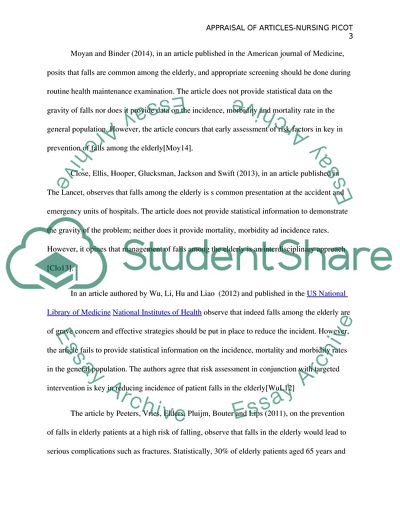Cite this document
(Selecting Sources of Literature Essay Example | Topics and Well Written Essays - 1250 words, n.d.)
Selecting Sources of Literature Essay Example | Topics and Well Written Essays - 1250 words. https://studentshare.org/nursing/1861212-interventions-for-preventing-falls-in-elderly-people
Selecting Sources of Literature Essay Example | Topics and Well Written Essays - 1250 words. https://studentshare.org/nursing/1861212-interventions-for-preventing-falls-in-elderly-people
(Selecting Sources of Literature Essay Example | Topics and Well Written Essays - 1250 Words)
Selecting Sources of Literature Essay Example | Topics and Well Written Essays - 1250 Words. https://studentshare.org/nursing/1861212-interventions-for-preventing-falls-in-elderly-people.
Selecting Sources of Literature Essay Example | Topics and Well Written Essays - 1250 Words. https://studentshare.org/nursing/1861212-interventions-for-preventing-falls-in-elderly-people.
“Selecting Sources of Literature Essay Example | Topics and Well Written Essays - 1250 Words”. https://studentshare.org/nursing/1861212-interventions-for-preventing-falls-in-elderly-people.


